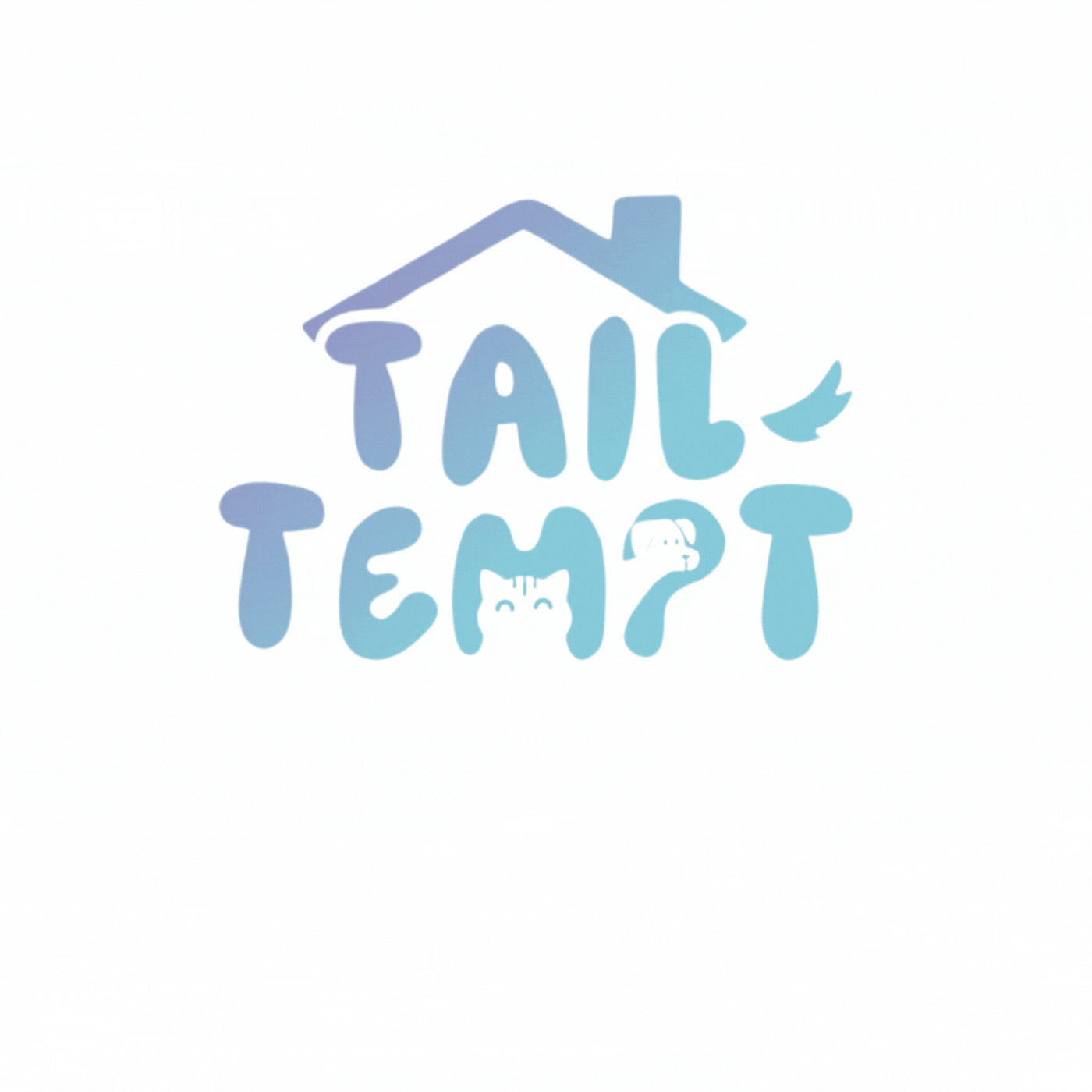Newfoundlands - นิวฟาวด์แลนด์
- noppakorn4
- Mar 13
- 3 min read

The Gentle Giant: Discovering the Newfoundland Dog
Don't let their impressive size fool you! Newfoundland dogs, affectionately known as "Newfies" or "nanny dogs," are renowned for their patient and gentle nature, especially around children. Their sweet disposition, combined with their innate lifesaving abilities, truly makes them a versatile and beloved breed.
A History Forged in Water and Land
Originating from the rugged island of Newfoundland, off Canada's east coast, these dogs were born for the water. Their water-resistant double coat, powerful rudder-like tail, and webbed feet made them invaluable shipmates. Newfies fearlessly plunged into the icy Atlantic, hauling fishing nets and rescuing sailors in distress. On land, they were equally hardworking, pulling carts laden with the day's catch or sleds through deep snow.
Their reputation for aquatic prowess and gentle companionship spread across the Atlantic. Newfies became popular in England and France, and in 1860, they made their official show debut in Birmingham. Their remarkable water rescue skills led to their placement as standard fixtures at lifeguard stations along the British coast.
The breed's precise origins remain shrouded in mystery. Archaeological discoveries in Newfoundland, revealing large dog skeletons alongside Viking settlements, suggest a possible Norse connection. Others believe they descended from Great Pyrenees dogs brought by Spanish fishermen.
A Temperament of Calm Devotion
Newfies are known for their calm, devoted, and protective personalities. They are gentle companions, content to lounge indoors and play with children, earning their "nanny dog" nickname. Their sweet temperament makes them excellent therapy dogs. As natural working dogs, they excel in water trials, obedience, tracking, drafting, and pulling carts or sleds.
Newfoundland Dog: Frequently Asked Questions
What colors do Newfoundlands come in? The Newfoundland Club of America recognizes solid black, brown, and gray, as well as a black and white mix called Landseer Newfoundland.
Do they drool? Yes, Newfies are known for their drool. Be prepared with drool rags and bandanas! They’ve earned their place on the “Top 10 Droolers” list.
Do they shed? With their thick double coat, they are moderate shedders, especially during seasonal changes. Regular grooming, including weekly brushing and more frequent slicker brush sessions, is essential.
How large do they get? Newfoundlands are a giant breed, reaching up to 28 inches in height and 150 pounds in weight.
What is their lifespan? The average Newfoundland lifespan is around 10 years.

Training and Nutrition
Early socialization is crucial for Newfoundland puppies to develop confidence. Their eagerness to please makes them relatively easy to train, which is essential given their large size.
As large-breed puppies, they require specific nutrition. Look for dog food that meets the Association of American Feed Control Officials (AAFCO) growth requirements for large-sized dogs (70 pounds or more as adults). An AAFCO statement on the label, such as "Taste of the Wild Ancient Mountain Canine Recipe with Roasted Lamb is formulated to meet the nutritional levels established by the AAFCO Dog Food Nutrient Profiles for All Life Stages, including growth of large size dogs (70 lbs. or more as an adult)," ensures a complete and balanced diet.
Fun Facts About Newfoundlands
Seaman, a Newfoundland companion to Lewis and Clark, may have inspired the naming of Seaman's Creek in Montana.
Lara, President James Buchanan's Newfoundland, was known for her leisurely naps on the White House floor.
Rigel, a Newfoundland, is credited with alerting the Carpathia to Titanic survivors, saving many lives.







Commentaires